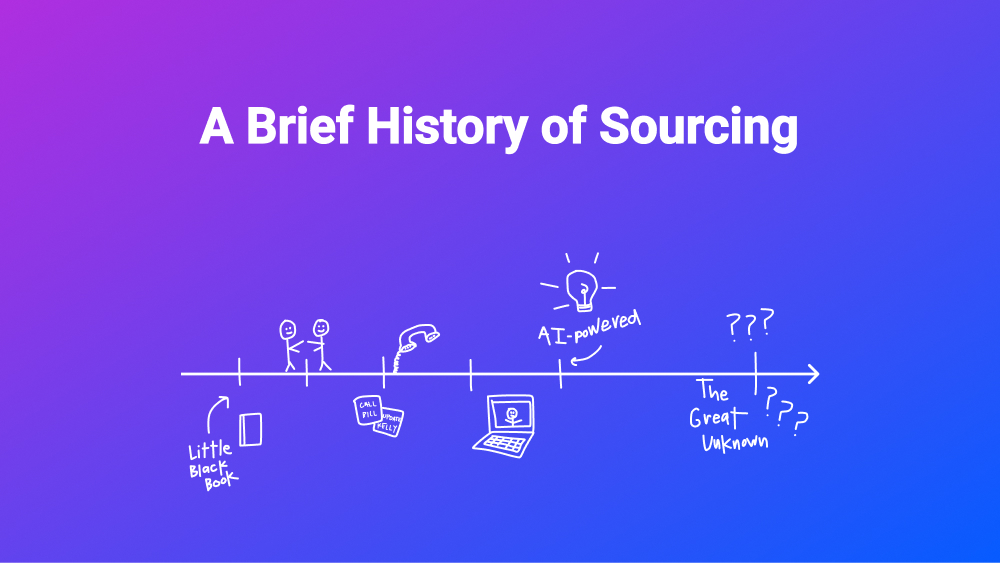Many jobs once required a college degree, but employers are gradually changing this prerequisite. After the Great Recession, many corporations switched from degree-based hiring to skills-based hiring due to the high demand for labor. This trend cropped up again in light of the COVID-19 pandemic. So what's the difference between skills-based and degree-based hiring, and are companies successfully changing the cycle? Read on to find out.
Difference Between Skill-Based Hiring and Degree-Based Hiring
In the past, employees had to go through mountains of paperwork to determine candidates’ compatibility with a role. This paperwork includes degrees, references, and assignments. Skills-based hiring emphasizes candidates’ soft skills rather than academic qualifications.Industries that have embraced skills-based hiring include IT and hospitality, though others seem are joining the trend to reap the benefits, such as:
- Better retention rates
- Faster hiring time
- Larger talent pool
- Reduced cost of training
Steps to Successfully Adopting Skill-Based Hiring
Most skill-based hires outperform their learned counterparts in the same positions, especially in less technical fields. Research shows that the job performance margin between those with degrees and those without decreases by the day. Now that you understand the benefits, how can you implement skills-based hiring in your organization? Below, companies that have adopted the practice share tips for success.
1. Revise your Job Description
Job descriptions are the face of the hiring process, so they should be the first place that change occurs. Rewrite your description to focus on the candidates' responsibilities, merits, and skills rather than requirements. This will increase the job application rate for a single post by 14%.
2. Determine the Must-Have Skills and Learnability
Look for candidates based on their job-related skills and not their educational background. Assess a candidate's skills even if they don't seem like a good fit for the company on paper. Don't overlook those who might seem less skilled and instead determine if they're a fast learner.
3. Look for Alternative Learning Experiences
Some of the candidates may lack a traditional college degree, but this shouldn't exempt them from the prospective list. There are other avenues besides formal education to acquire knowledge and tangible skills, such as online courses. This should factor into your final hiring decision.
4. Get the Right Tools
Relevant technology has eased the burden for recruiters by making skill-based hiring an automatic process. Loxo produces a list of the best possible fits based on the skills employers list for the open position.
5. Introduce Skills-Based Assessments
Skills-based assessments are necessary to determine candidates' competency and knowledge. Introduce tests where candidates show their hard skills by solving field-related problems in real-time. You could also ask for their recent work samples as part of the assessment to get a better understanding.
6. Search for Transferable Skills
Some positions in an organization may require more soft skills. Even if a candidate doesn't meet industry requirements, assess their communication, leadership, and project management skills. All of these attributes can positively impact your company.
Simplify Your Hiring Process Today
Skills-based hiring is on the rise, and it’s up to companies to keep up. Loxo will help you find talent with the right skills. We help recruiters hire better talent faster.
Become a hiring machine
Ready to see for yourself how Loxo can transform your recruitment workflow and make you more efficient than ever before? We thought you might be.




